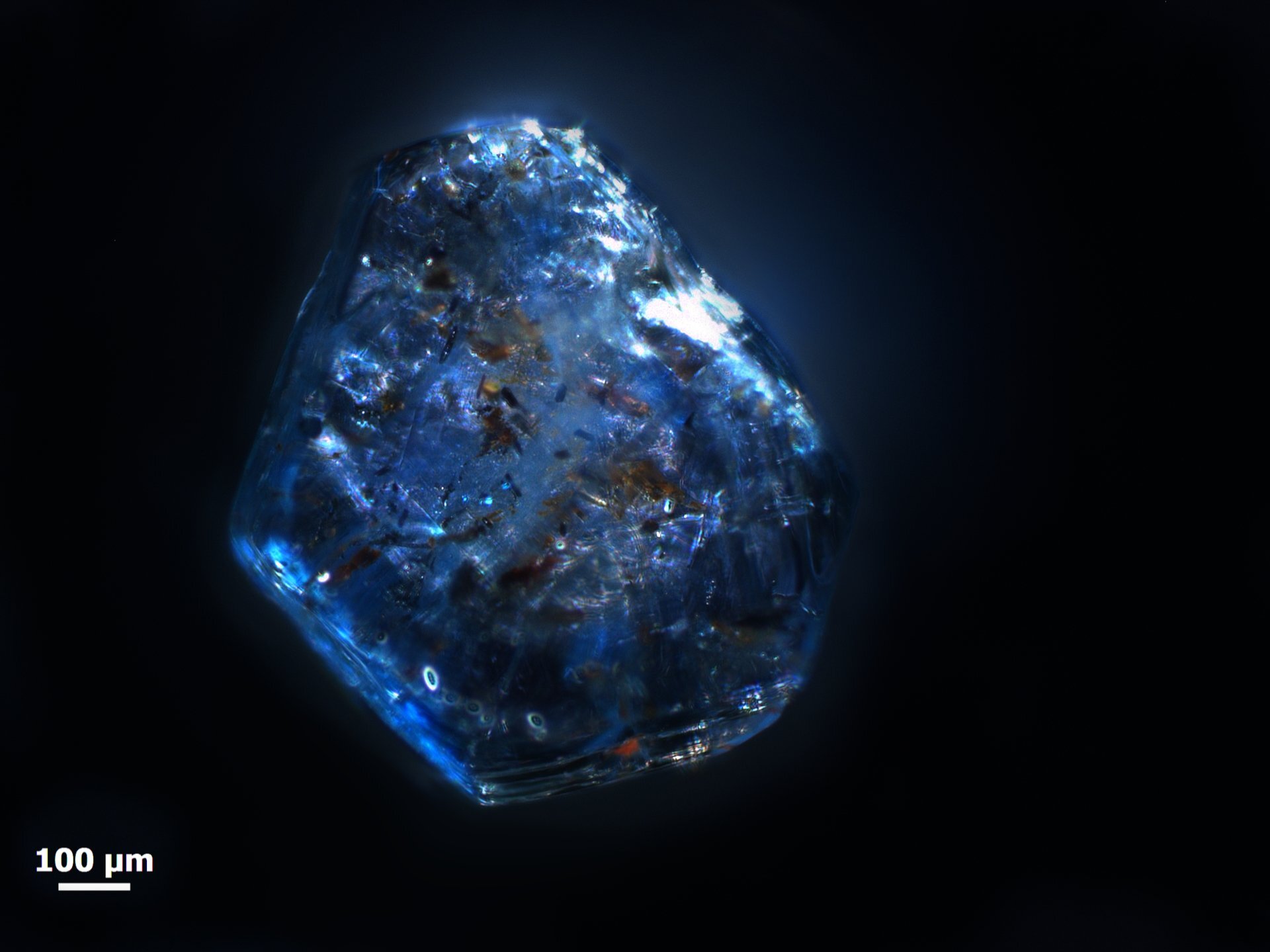Sapphires, prized for their vibrant blue hues, are formed from a seemingly simple mineral: aluminium oxide, or corundum. Despite their common composition, these precious gems are often found in association with silicon-poor volcanic rocks, a connection that has puzzled scientists for years.
Researchers at Heidelberg University have uncovered the secrets behind these volcanic sapphires, shedding light on their formation in the Eifel region of Germany. Their findings, published in the journal *Contributions to Mineralogy and Petrology*, reveal that the sapphires formed in tandem with the region's volcanic activity.
The Eifel is a volcanic landscape in central Europe, where magma from the Earth's mantle has been intruding into the overlying crust for nearly 700,000 years. This magma, low in silica but rich in sodium and potassium, shares a composition with magmas known worldwide for their abundance of sapphires. The mystery, however, lies in understanding how these rare corundum variants consistently form in such volcanic deposits.
"One common explanation is that sapphires originate in the Earth's crust, from previously clay-rich sediments that undergo transformation under intense pressure and heat," explains Professor Axel Schmitt, a researcher at Curtin University and an honorary professor at Heidelberg University. "As magma rises, it carries these crystals to the surface."
To investigate this theory, the Heidelberg University team examined 223 sapphires from the Eifel, collected from volcanic deposits in quarries and river sediments. Sapphires, like gold, are incredibly resistant to weathering, allowing them to persist through time and become concentrated in riverbeds.
Using the uranium-lead dating method on mineral inclusions within the sapphires, the researchers determined their age, confirming their formation at the same time as the volcanic activity. Additionally, they utilized a secondary ion mass spectrometer to analyze oxygen isotope composition, providing a fingerprint of the crystal's origin.
Their analysis revealed that the Eifel sapphires acquired their isotopic signatures from two sources:
Mantle melts: The ascending magma from the Earth's mantle, contaminated by partially melted crustal rock at depths of five to seven kilometers.
Subterranean melts: Melts that permeated the surrounding rock, triggering sapphire formation within the crust.
"Our findings highlight the critical role of both magmatic and metamorphic processes in the crystallization of sapphire in the Eifel," concludes Sebastian Schmidt, who led the study as part of his Master's degree at Heidelberg University.
This research not only reveals the fascinating formation process of these precious blue gems but also deepens our understanding of the complex geological processes at play within volcanic regions.

